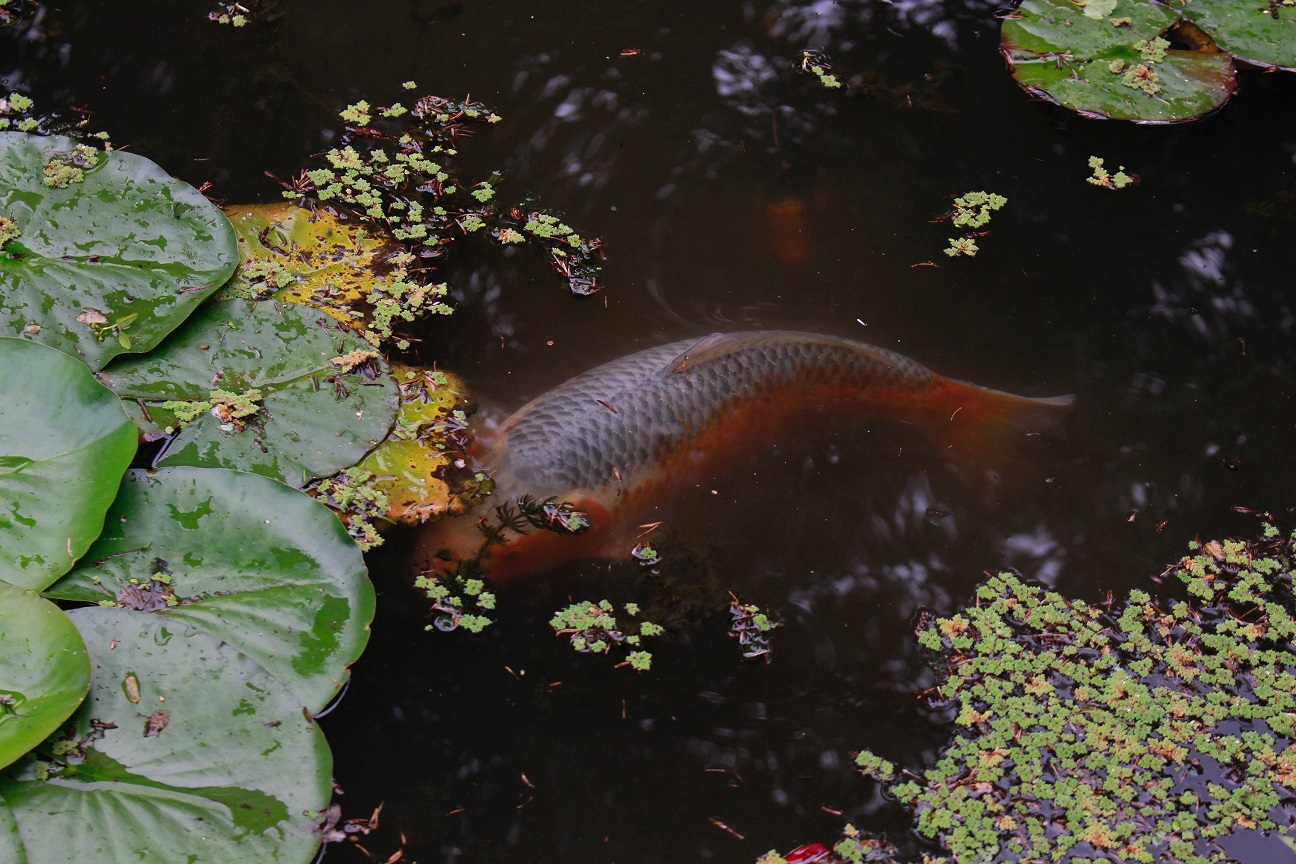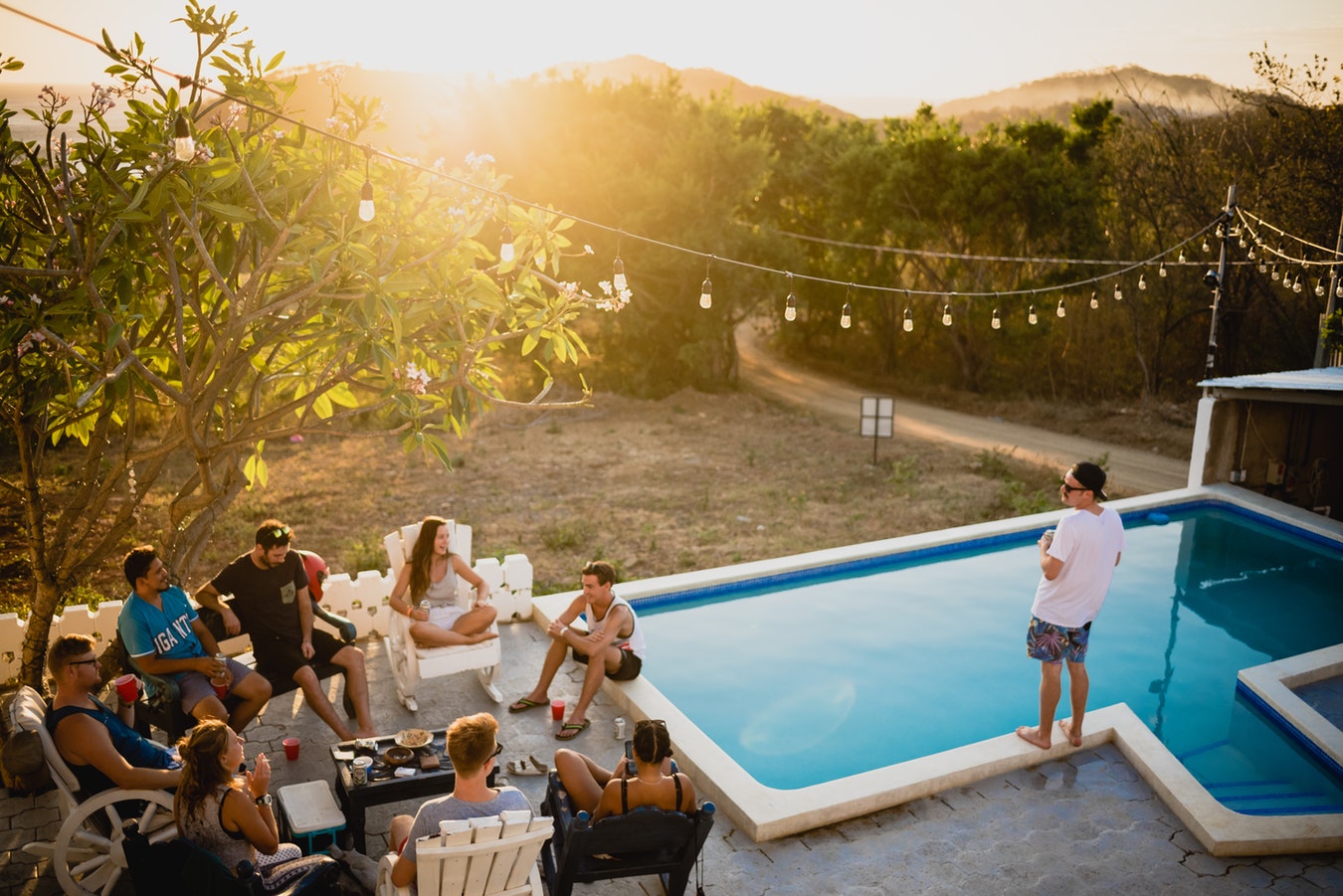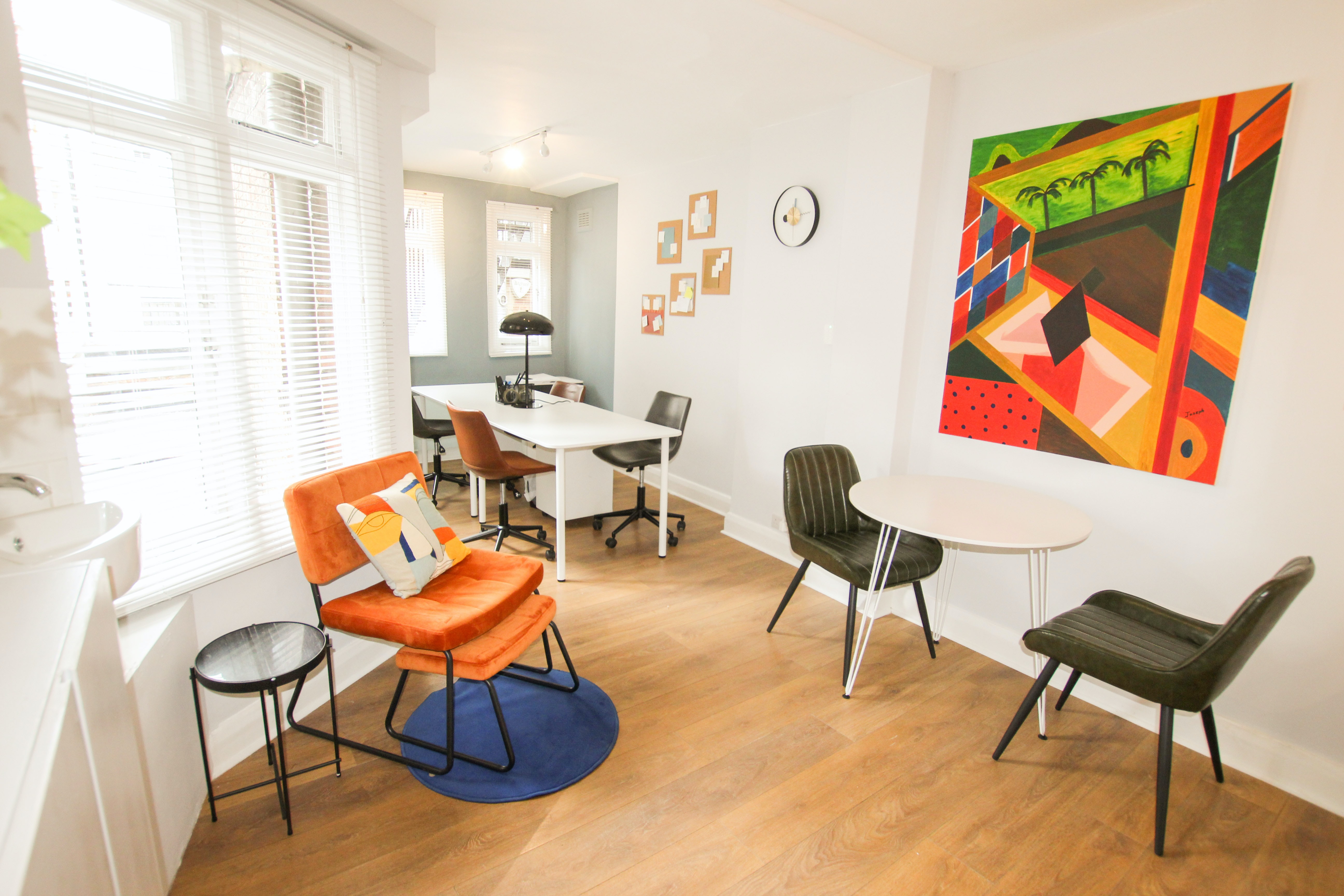A backyard pond can make a great addition to your garden. It pleases you aesthetically, which calms your mind and helps you relax, but it’s also an amazing place to actively spend your time working or playing with your friends and family. It doesn’t matter if you dream about a simple reservoir, pond fountains, waterfalls or a bridge, as long as it’s well-arranged, it can serve all possible purposes. But in order to have all that, you need to think everything through very carefully. For example, water plants are essential and not only for covering the edges of the pond liner; thanks to them, your pond can look wild and natural and actually be healthier. Plus, very often it’s enough to have plants around your pond to prevent smaller predators from eating your fish. But how to pick the right water plants for your backyard pond?
Consider your possibilities
Firstly, it’s good to know what choices you have in general. There are different types of plants that you can have in or around your pond:
Floating plants like water lettuce or water hyacinth, provide shade and reduce the algae; their roots hand down below the surface.
Bog plants, e.g. irises and water celery, grow around the pond, in the wet soil. They contribute to boosting an oxygen level in your reservoir and they make a welcoming home for useful insects and amphibians.
Deep water plants, e.g. water lily and water hawthorn, are planted at the bottom of the pond and grow up to the surface. They increase oxygen, contribute to filtration and provide shadow.
Submerged plants, like American pondweed or Mare’s tail, being the main source of oxygen, remain underwater and help to filter it.
Consider your climate
Many water plants are actually perennials, which means that they can flower repeatedly for several years. So it would be a waste of your money and time if you chose a plant that can’t grow in your climate. You can find a hardiness zone map to find your area and see which plants can flower in your weather conditions the whole year.
Consider the shadow
Professional landscapers recommend covering around 40-60% of your pond’s surface with plants. It’s extremely important if your pond doesn’t have anything else to provide the shadow that your fish need, especially in the summer. Apart from that, it will help you control the growth of algae and reduce too many nutrients.
Consider the sun
The sun can bother not only fish during hot summers, but there are also many plants that prefer to receive a little light or not at all. So you need to observe how much light every party of your pond receives and then choose your plants according to their preferences.
Consider the flow
Many people forget about this factor, considering that your pond is neither a sea nor a river, but there are actually water plants who like to stand still at all means. For example, if you want to have beautiful lilies in your reservoir, you shouldn’t place them close to the waterfall.
Consider the depth
This is one of the most important things to know about your plants – whether they like to grow in deep or shallow water – because there are many different kinds. What’s more, numerous deep water loving plants prefer to start growing in shallow water and then be replanted. For example, if you want to plant lilies or lotuses (and who wouldn’t like that?), you have to know that, once they’ve grown, they like deep water, while bog plants prefer it shallow.
Consider the looks
In order to feel good in your garden and actually like what you see, you have to arrange everything well. You need to think not only about plants’ preferences but also consider if they go well together, if they look good and natural. Remember that plants grow – don’t choose too many of them, because, after some time, you’ll end up with a little jungle that will be hard to deal with. Then, think about from which side you’ll enjoy the view of your pond and, for example, don’t plant any tall cattails in the front.
There can be a lot of work with choosing and planting at the beginning. You have to remember to use only a special kind of soil designed for water plants; a lightweight one will make a mess in your pond floating around. Fortunately, water plants don’t need any regular special care afterwards. But if you don’t want to worry at all, you can always hire or at least consult with a professional landscaper, who works in your area, knows the climate and plants, to be absolutely sure that you’re doing everything right. Then all there’s left to do is enjoying your well-arranged, soothing surroundings.












